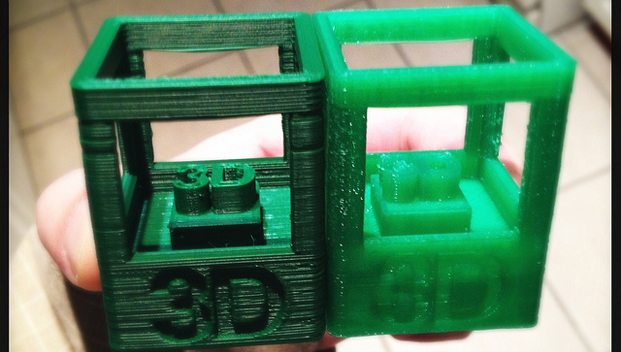Every year we see the governments of various countries and environmentalists are making new laws and becoming more conscious about the environment. In the past there has been a vast change in the products that we consume. Most super markets now have products that are organic. The use of chemicals is reducing and the usage of organic is the new in –thing.
In the 3D printing industry as well we see that consumers as well as manufacturers are excluding printing materials like ABS which are potential environmental threats. There is a constant effort being made to turn the 3D printing industry green. 3DP technology is already a green technology as there is less amount of wastage but this depends on the printer that is being used. Some 3D printers generate a lot of waste and after the completion of a 3D printing process very often we find a decent amount of plastic lying around.
So in order to do away with this problem and in an effort to transform the 3D printing industry into a green industry a U.K based bio- plastics developer, Biome Bioplastics has introduced a new material which is made from plant starch and the company has named it as Biome3D. In the past the company has been famous for offering high performance plant based plastics for a wide array of purposes such as packaging, food services, electronics and cosmetics. But now the way the company has entered the field of 3D printing is commendable.
The filament- Biome3D was developed by Biome Bioplastics in collaboration with 3D printing technology specialist 3Dom Filaments. The company bets that the new filament has superior quality as well as supreme characteristics, when compared to the other filaments that are present in the market.
The Sales Director at Biome Bioplastics, Sally Morley says, “The future of bioplastics lies in demonstrating that plant-based materials can outperform their traditional, oil-based counterparts. Our new material for the 3D printing market exemplifies that philosophy. Biome3D combines the best processing qualities with the best product finish; it also happens to be made from natural, renewable resources.”
Biome3D has many advantages as compared to the other 3D printing materials that are available in the market. Here is a list of a few advantages that buyers can get if they use this material for 3D printing.
- Superior silk like surface finish
- Reduced brittleness
- Increased flexibility
- Minimal shrinkage
- No cracking
- Less warping
- Excellent detail and greater range of geometries
- Prints well at high speeds
- No foul odor
The printing material comes in two diameters 1.75mm and 3mm both in 1kg spools. The filament that is available in the 1.75 mm spool is approximately 340m whereas the 3mm spool has 114m of filament. The company has also worked on the color factor and has come up with seven different colors- white, black, red, yellow, blue, green and pink. If a person wants to order in bulk then the company is also open to create custom colors.
The nozzle temperature for extrusion is recommended to be 180-225°C. For a smooth 3D printing experience with this material the nozzle temperature should not exceed more than 235°C.
Click here to browse various 3D filaments available in India
Source: http://3dprint.com/17225/biome3d-filament/
